Home>Home Appliances>Home Automation Appliances>What Happens If My Thermostat Batteries Died
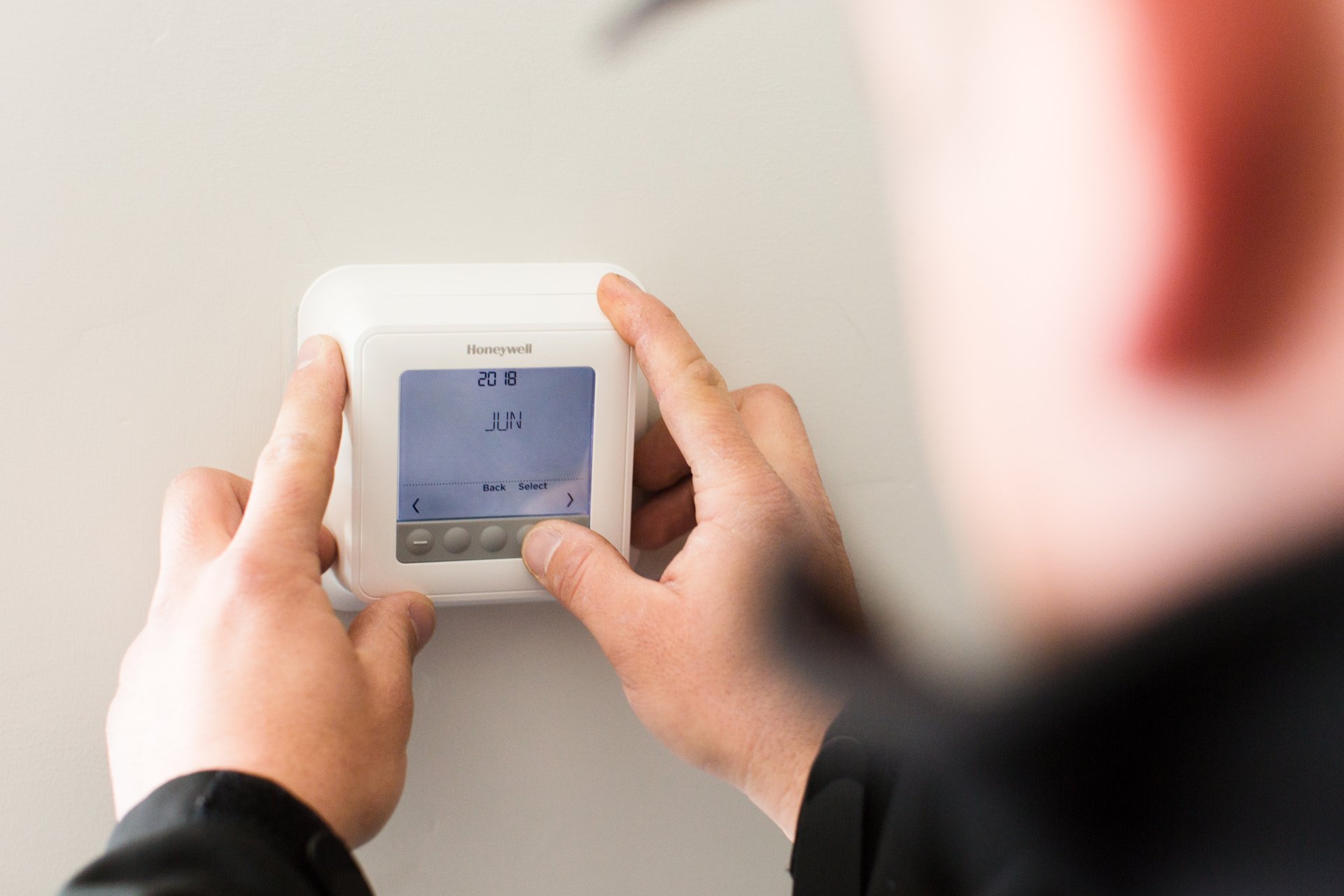

Home Automation Appliances
What Happens If My Thermostat Batteries Died
Modified: January 24, 2024
Learn what to do if your home automation appliances stop working due to dead thermostat batteries. Keep your smart home running smoothly with these tips.
(Many of the links in this article redirect to a specific reviewed product. Your purchase of these products through affiliate links helps to generate commission for Storables.com, at no extra cost. Learn more)
Introduction
Your thermostat is a vital component of your home's heating and cooling system, serving as the control center for maintaining a comfortable indoor environment. While many homeowners are diligent about maintaining their HVAC systems, they may overlook a crucial aspect of their thermostat's functionality: the batteries. In this article, we will explore the significance of thermostat batteries, the signs indicating that they need replacement, the potential effects of dead batteries, and the steps to replace them. Understanding these aspects can help you ensure that your thermostat operates optimally, thereby contributing to a more efficient and comfortable home environment.
Key Takeaways:
- Don’t overlook thermostat batteries! They’re crucial for maintaining a comfy home. Look out for signs of dead batteries like blank displays and inaccurate readings to keep your HVAC system running smoothly.
- Dead thermostat batteries can disrupt your home’s climate control, lead to energy inefficiency, and even damage equipment. Regularly replacing them is an easy way to ensure a comfortable and cost-effective indoor environment.
Read more: What Happens When A Wildflower Dies
Importance of Thermostat Batteries
Thermostat batteries play a critical role in ensuring the seamless operation of your heating, ventilation, and air conditioning (HVAC) system. While it may seem that the thermostat is powered by the electrical wiring in your home, the batteries act as a backup power source. This is particularly important in the event of a power outage, as the batteries enable the thermostat to continue functioning and maintaining your desired temperature settings.
Furthermore, thermostat batteries are essential for preserving the programmed settings and configurations. In the absence of functioning batteries, the thermostat may lose this vital information, potentially leading to disruptions in your home's climate control. Additionally, certain advanced thermostats, such as smart or programmable models, rely on batteries to power their digital displays and wireless connectivity features. Without adequate battery power, these functions may become compromised, impacting the overall performance of the thermostat.
Regularly replacing the thermostat batteries is a simple yet crucial aspect of home maintenance. By ensuring that the batteries are in good condition, you can prevent unexpected disruptions to your HVAC system and maintain a consistent and comfortable indoor climate. Understanding the importance of thermostat batteries empowers homeowners to take proactive measures in preserving the functionality of their heating and cooling systems.
Signs of Dead Thermostat Batteries
Identifying the signs of dead thermostat batteries is essential for maintaining the efficiency of your HVAC system. While thermostat designs and features may vary, several common indicators can signal that the batteries are depleted and in need of replacement.
- Blank or Unresponsive Display: One of the most prevalent signs of dead thermostat batteries is a blank or unresponsive display. If the digital screen on your thermostat fails to illuminate or does not display any information when buttons are pressed, it is likely that the batteries require attention.
- Inaccurate Temperature Readings: Dead or low-powered batteries can cause the thermostat to display inaccurate temperature readings or fail to respond promptly to adjustments in settings. If you notice inconsistencies in the displayed temperature compared to the actual indoor climate, this may indicate a battery-related issue.
- Lack of Heating or Cooling Activation: When the thermostat fails to activate your heating or cooling system in response to adjustments in temperature settings, it could be a sign of depleted batteries. This can result in discomfort and inconvenience, especially during extreme weather conditions.
- Intermittent Operation: If the thermostat intermittently operates or appears to be functioning erratically, the batteries might be the underlying cause. Intermittent operation can disrupt the desired temperature control and lead to energy inefficiency.
Recognizing these signs can prompt homeowners to take timely action in replacing the thermostat batteries, thereby preventing potential disruptions to their HVAC systems and maintaining a consistent indoor climate. By staying vigilant and responsive to these indicators, you can ensure that your thermostat continues to operate optimally.
If your thermostat batteries die, replace them with new ones as soon as possible to ensure your heating and cooling system continues to function properly.
Effects of Dead Thermostat Batteries
The consequences of dead thermostat batteries can extend beyond mere inconvenience, potentially impacting the comfort, energy efficiency, and overall functionality of your home's heating and cooling system. Understanding these effects can underscore the significance of promptly addressing battery-related issues.
Disrupted Climate Control: Dead thermostat batteries can lead to disrupted climate control within your home. Inaccurate temperature readings and the inability to activate heating or cooling systems can result in discomfort for occupants, particularly during extreme weather conditions.
Energy Inefficiency: When thermostat batteries are depleted, the system may struggle to maintain programmed temperature settings, leading to increased energy consumption. Inefficient operation can result in higher utility bills and unnecessary strain on your HVAC equipment.
Potential Equipment Damage: In some cases, dead thermostat batteries can cause the heating or cooling systems to operate inconsistently or excessively, potentially leading to premature wear and tear on the equipment. This can result in the need for repairs or replacements, adding to the overall maintenance costs.
Loss of Programmed Settings: Modern thermostats often feature programmable settings tailored to the occupants' schedules and preferences. Dead batteries can lead to the loss of these programmed configurations, requiring homeowners to re-enter their desired settings and schedules, causing inconvenience and potential errors in reprogramming.
Disrupted Connectivity: Smart or programmable thermostats with wireless connectivity features may experience disruptions in communication and remote access capabilities when the batteries are depleted. This can hinder the ability to control the thermostat remotely or access energy usage data, limiting the convenience and energy-saving benefits of these advanced systems.
By recognizing the potential effects of dead thermostat batteries, homeowners can appreciate the importance of regular battery maintenance and replacement. Proactive measures can mitigate these effects and contribute to a more efficient, comfortable, and cost-effective home environment.
Steps to Replace Thermostat Batteries
Replacing thermostat batteries is a straightforward yet essential aspect of home maintenance. By following these simple steps, homeowners can ensure that their thermostats continue to function optimally, maintaining a comfortable indoor environment.
- Identify the Battery Compartment: Locate the battery compartment on your thermostat. This is typically situated on the back or at the bottom of the device, and it may be secured with a small screw or latch.
- Power Off the Thermostat: To prevent any electrical mishaps, it is advisable to turn off the power to your thermostat before replacing the batteries. This can usually be done by removing the thermostat from its base or switching off the corresponding circuit breaker.
- Remove the Old Batteries: Open the battery compartment and carefully remove the old batteries, ensuring that you note their orientation and type to facilitate the installation of the new batteries.
- Install the New Batteries: Insert the new batteries into the compartment, observing the correct polarity as indicated by the markings inside the compartment. Ensure a secure fit to guarantee proper contact and functionality.
- Close the Compartment: Once the new batteries are in place, securely close the battery compartment, ensuring that any latches or screws are properly fastened to prevent accidental opening.
- Power On the Thermostat: If you removed the thermostat from its base, reattach it securely. If you switched off the circuit breaker, restore power to the thermostat. The display should illuminate, indicating that the new batteries are powering the device.
- Check the Functionality: Verify that the thermostat display is functioning and responsive. Test the temperature adjustments and ensure that the heating or cooling systems activate as expected, confirming that the new batteries are supporting the thermostat's operation.
Following these steps can help homeowners effectively replace their thermostat batteries, ensuring that the device continues to regulate the indoor climate reliably. By incorporating battery replacement into their regular home maintenance routines, individuals can uphold the efficiency and performance of their HVAC systems.
Read more: What Happens If Thermostat Is Not Working
Conclusion
Understanding the significance of thermostat batteries and being attentive to their maintenance is integral to preserving the functionality and efficiency of your home's heating and cooling systems. By recognizing the signs of dead batteries and their potential effects, homeowners can take proactive measures to ensure uninterrupted climate control and energy efficiency.
Regularly checking and replacing thermostat batteries, as well as incorporating this task into routine home maintenance, can prevent disruptions, discomfort, and unnecessary energy consumption. By following the simple steps to replace thermostat batteries, individuals can uphold the optimal performance of their thermostats, contributing to a comfortable and cost-effective indoor environment.
By remaining vigilant and responsive to the needs of your thermostat, you can safeguard against the potential consequences of dead batteries, such as disrupted climate control, energy inefficiency, and equipment damage. Additionally, staying informed about the importance of thermostat batteries empowers homeowners to maintain a consistent and comfortable indoor climate while optimizing the performance of their HVAC systems.
Ultimately, prioritizing the maintenance of thermostat batteries is a small yet impactful way to contribute to the overall efficiency and functionality of your home, ensuring that your heating and cooling systems operate reliably and effectively.
Frequently Asked Questions about What Happens If My Thermostat Batteries Died
Was this page helpful?
At Storables.com, we guarantee accurate and reliable information. Our content, validated by Expert Board Contributors, is crafted following stringent Editorial Policies. We're committed to providing you with well-researched, expert-backed insights for all your informational needs.
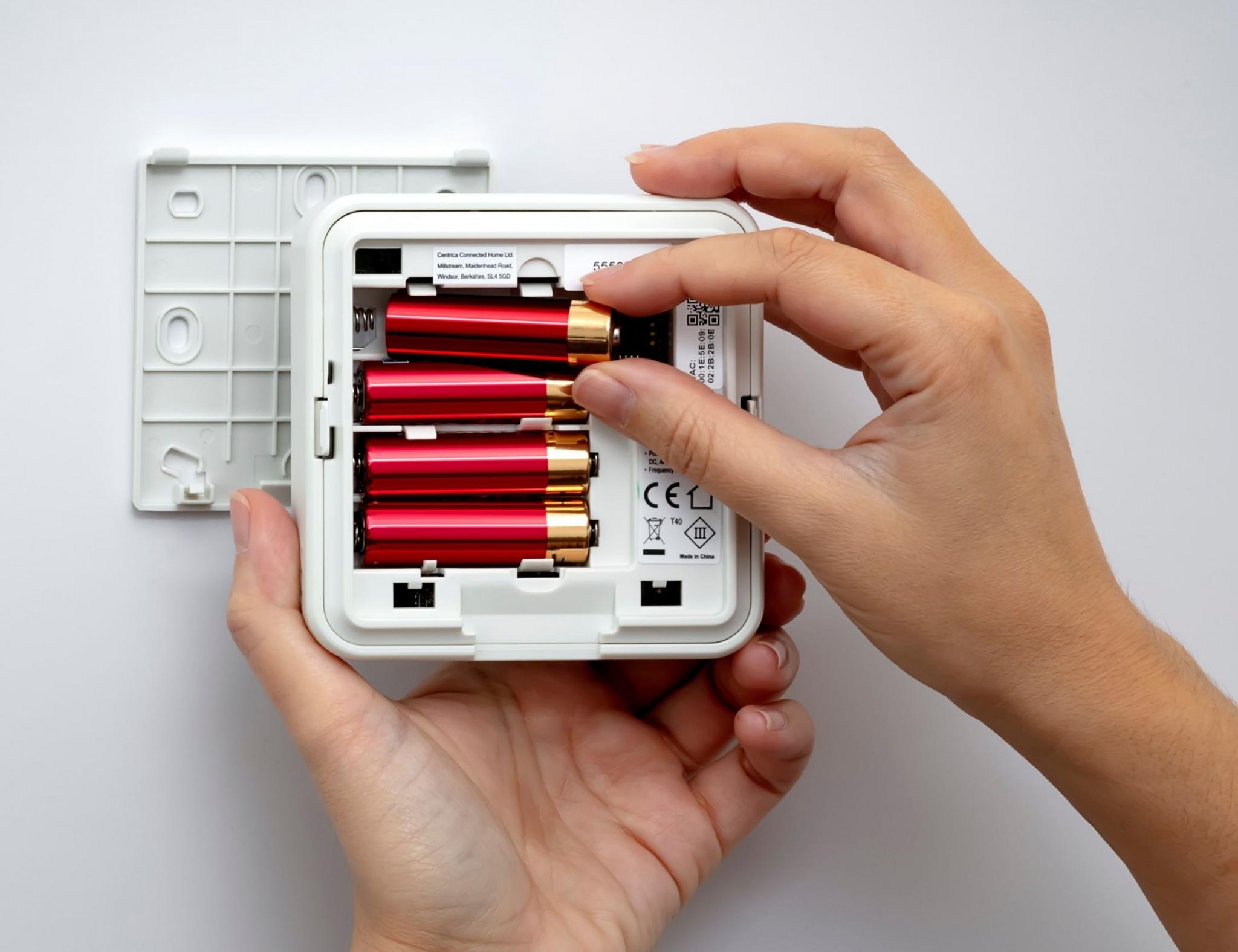


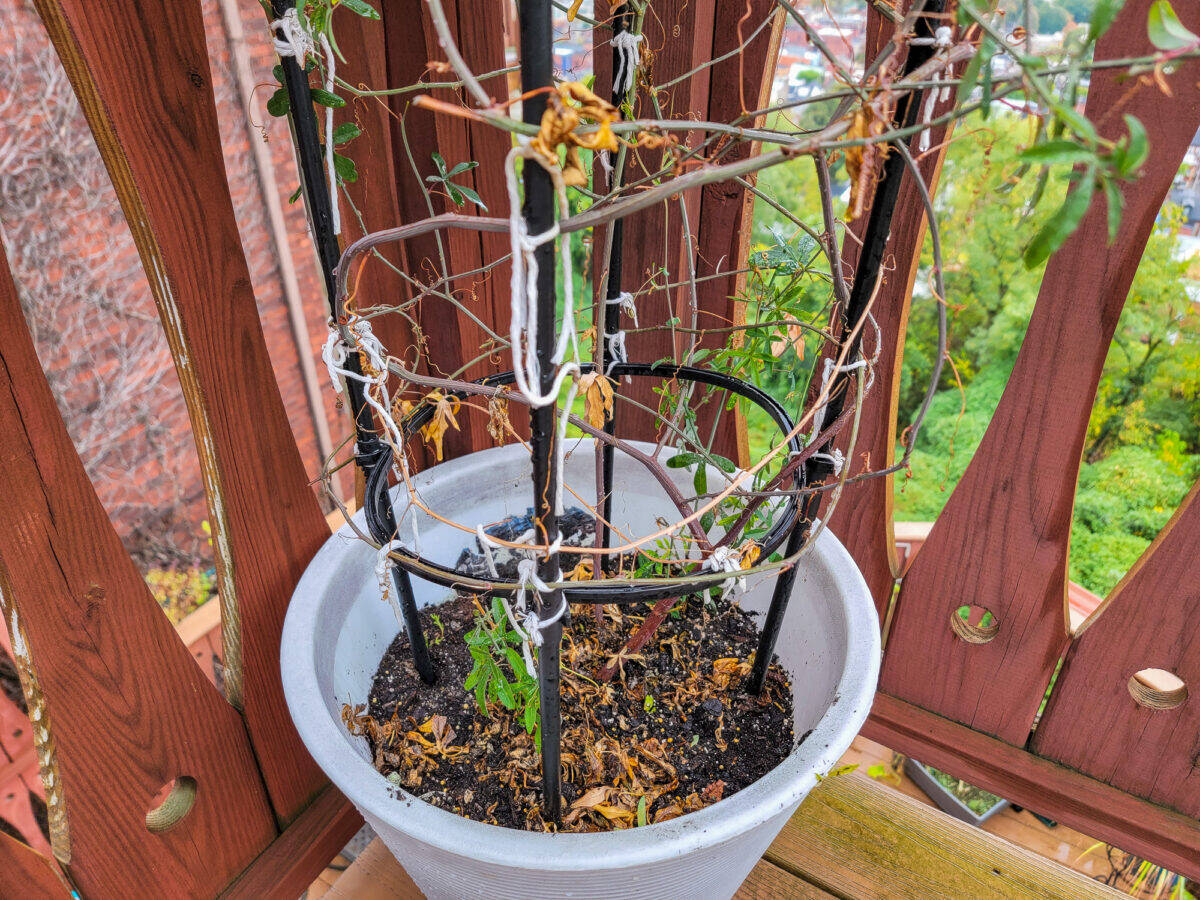
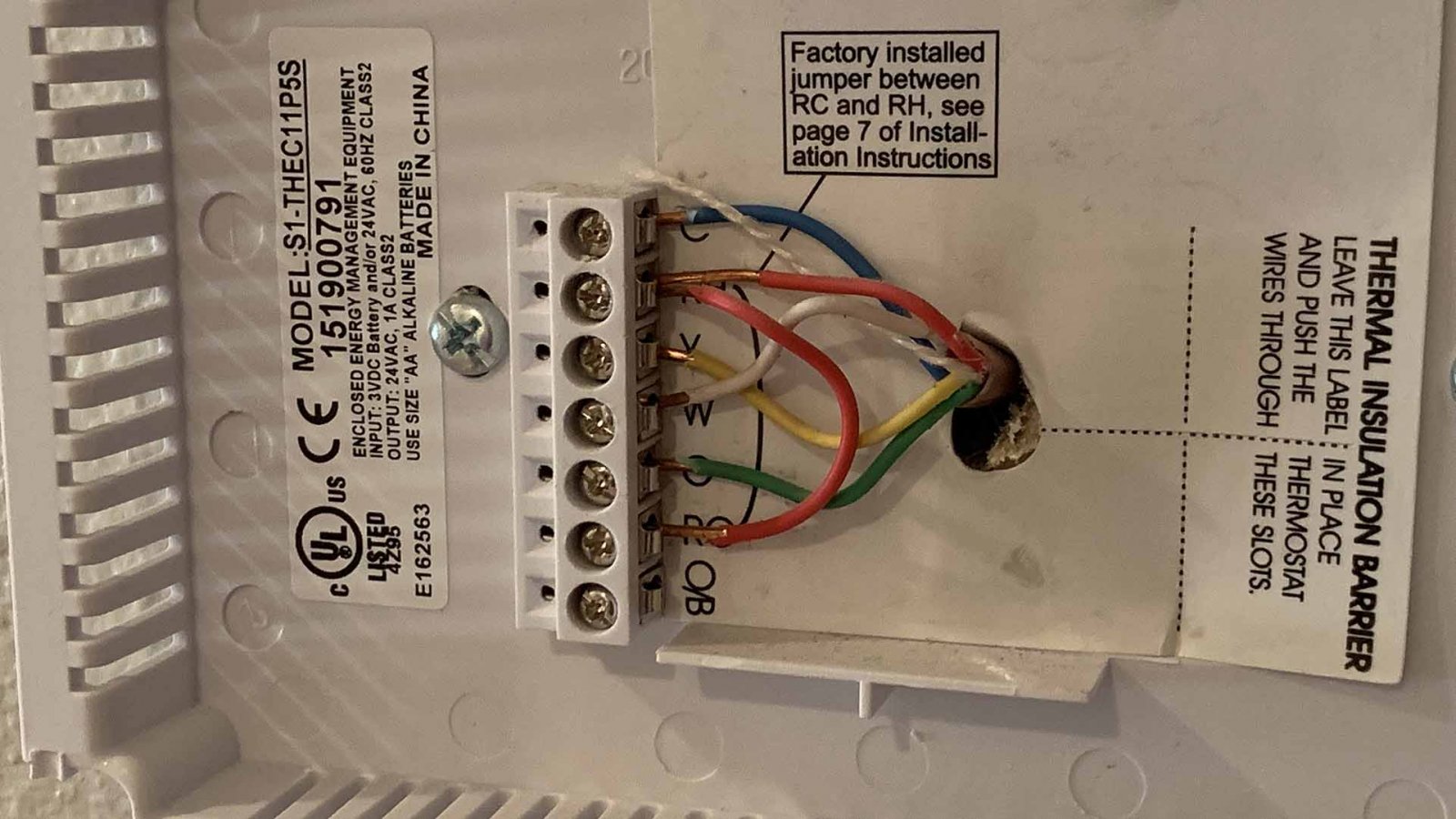


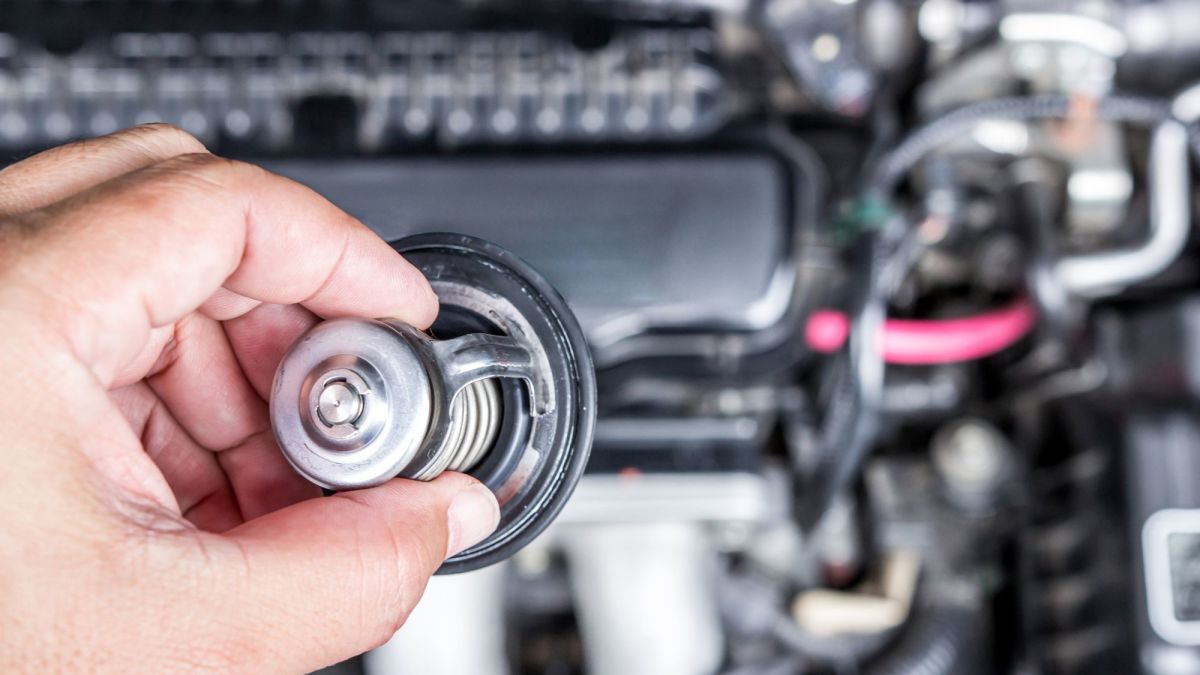
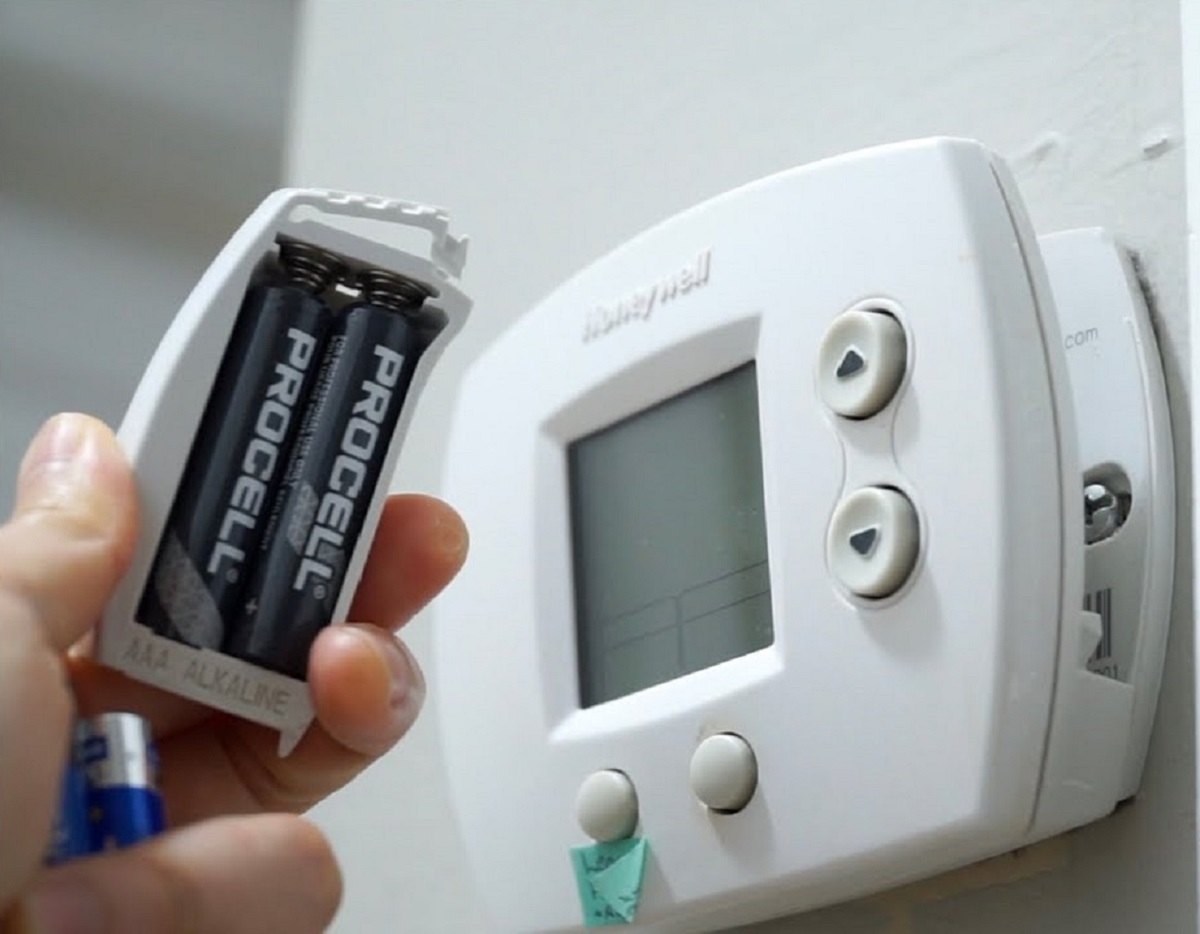
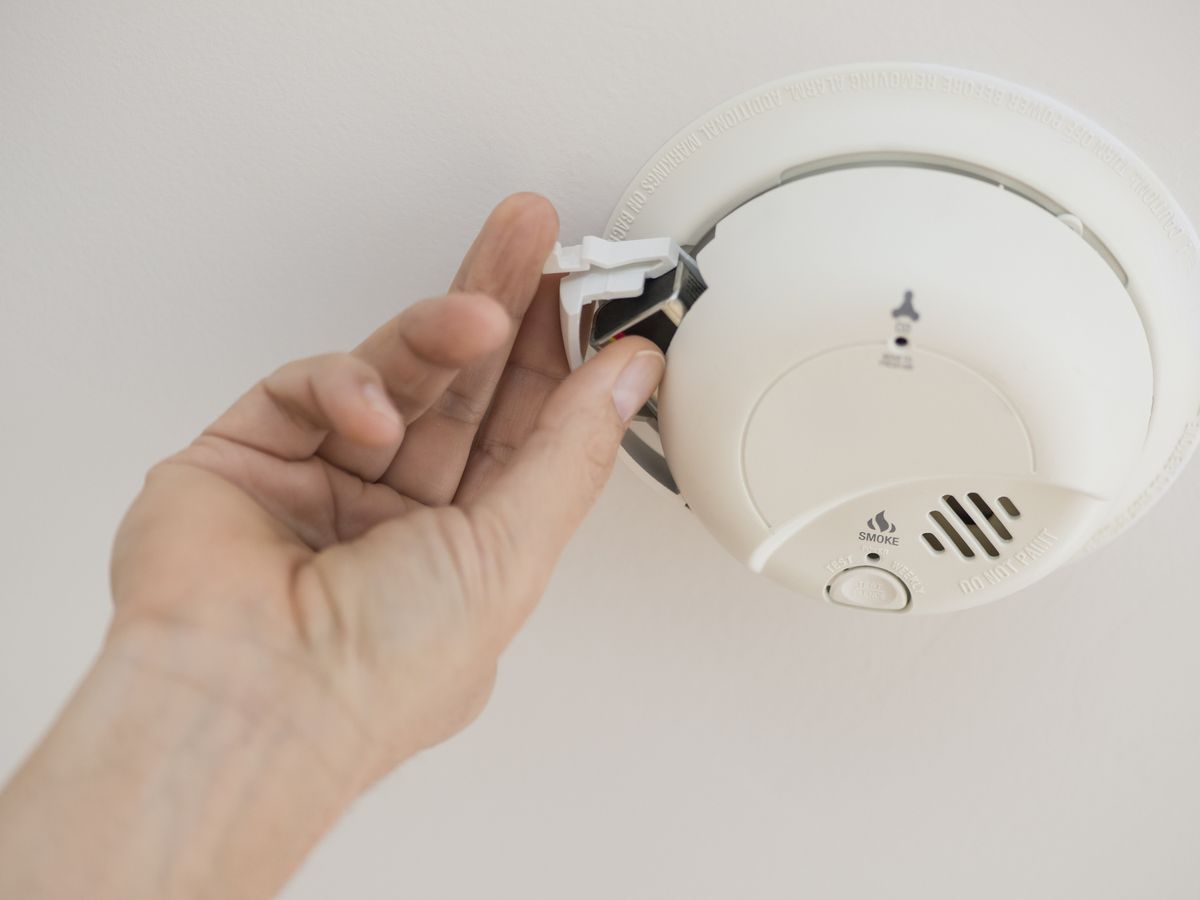

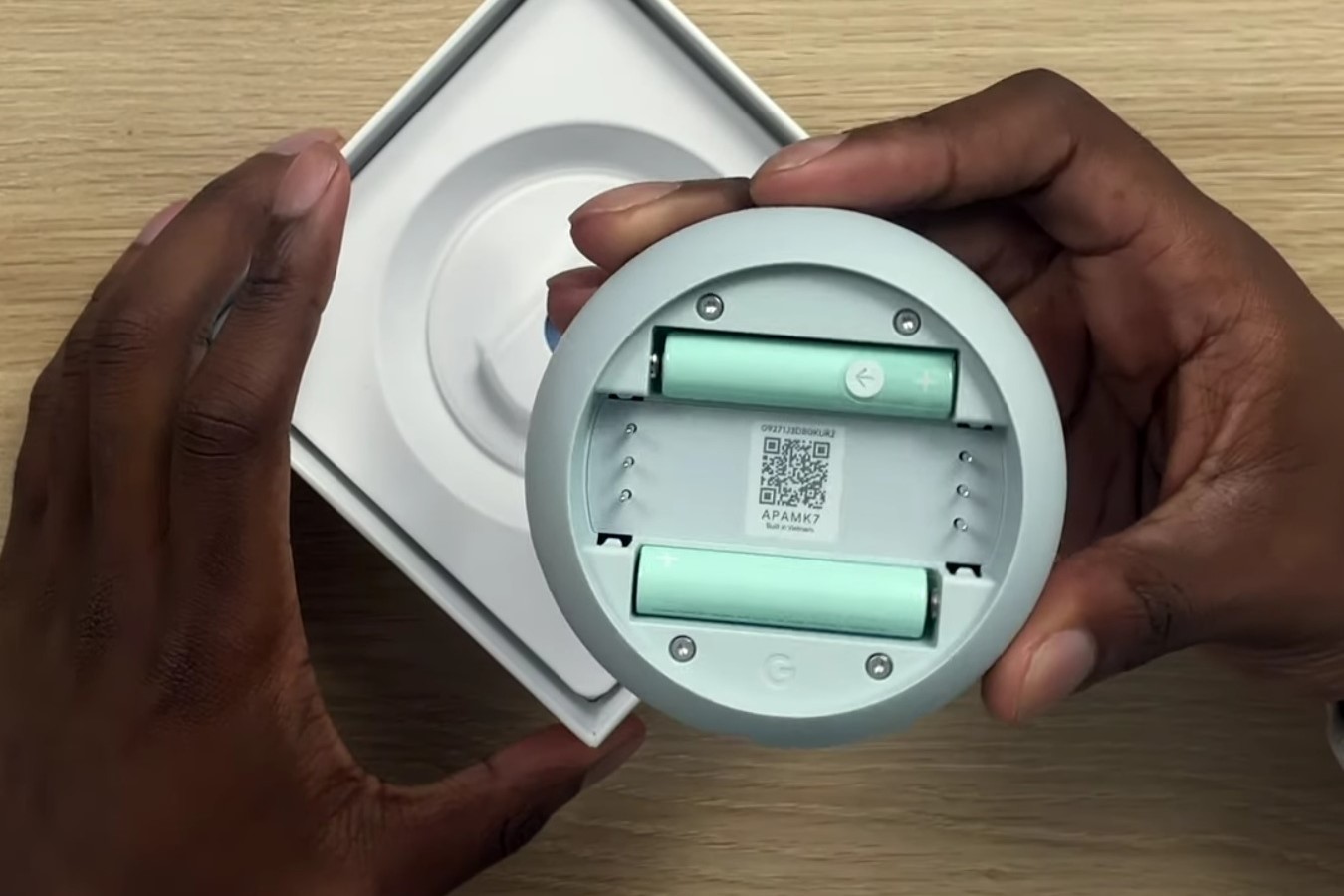
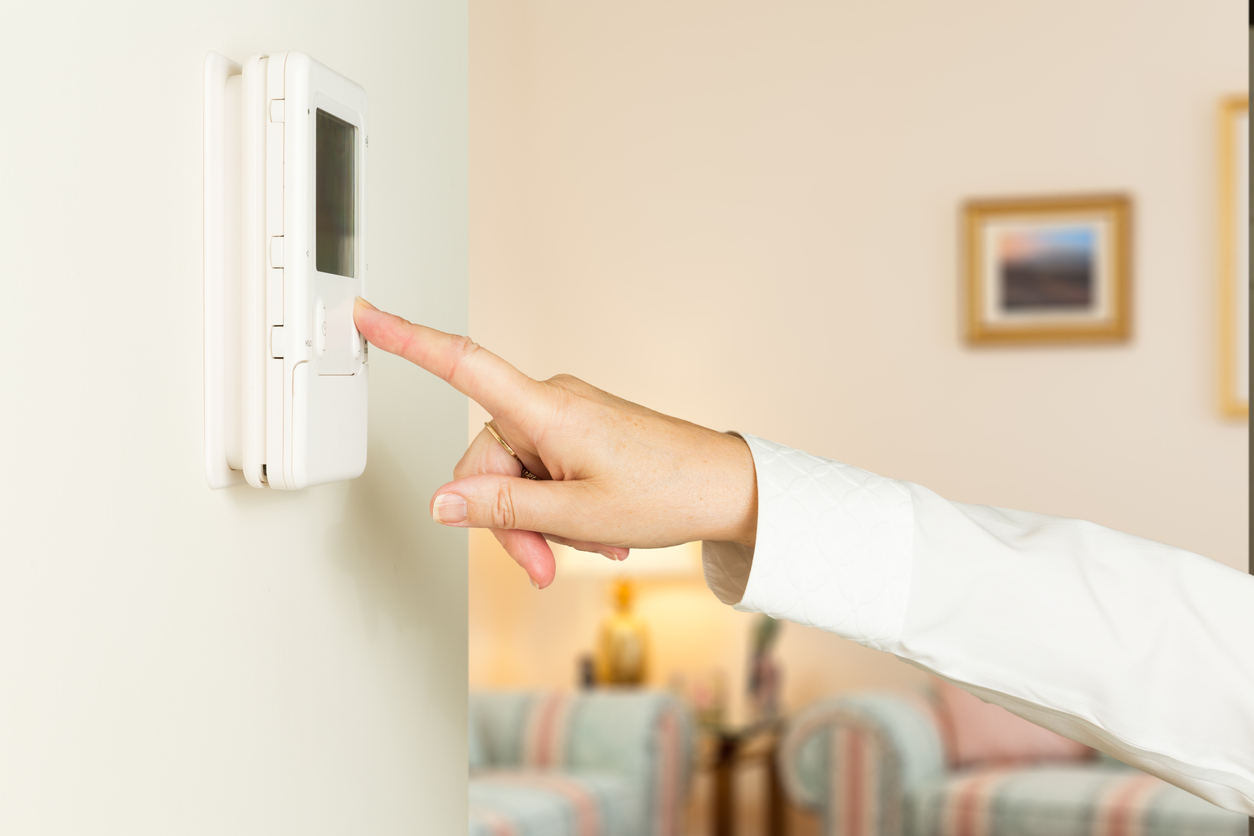


0 thoughts on “What Happens If My Thermostat Batteries Died”